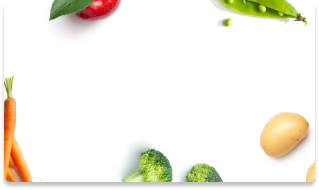
-
Find the right food for your pet
Take this quiz to see which food may be the best for your furry friend.
Find the right food for your pet
Take this quiz to see which food may be the best for your furry friend.
Featured products
 Adult Perfect Weight & Joint Support Chicken Recipe Dry Dog Food
Adult Perfect Weight & Joint Support Chicken Recipe Dry Dog FoodThis weight management and mobility support dog food was created with Hill’s unique understanding of the biology of overweight dogs.
Shop Now Adult 7+ Perfect Digestion Chicken, Whole Oats & Brown Rice Recipe Dog Food
Adult 7+ Perfect Digestion Chicken, Whole Oats & Brown Rice Recipe Dog FoodScience Diet's breakthrough nutrition supports ultimate digestive well-being & healthy microbiome for dogs age 7+
Shop Now Adult 7+ No Corn, Wheat, Soy Chicken & Brown Rice Dog Food
Adult 7+ No Corn, Wheat, Soy Chicken & Brown Rice Dog FoodSupports energy level and beautiful coat in mature dogs
Shop NowFeatured products
 Adult Perfect Digestion Chicken, Barley & Whole Oats Recipe Cat Food
Adult Perfect Digestion Chicken, Barley & Whole Oats Recipe Cat FoodScience Diet's breakthrough nutrition supports ultimate digestive well-being & healthy microbiome
Shop Now Adult Savory Chicken Entrée Cat Food
Adult Savory Chicken Entrée Cat FoodPrecisely balanced nutrition with the delicious taste of savory minced chicken to help fuel the energy needs of cats during the prime of their life
Shop Now Perfect Weight Salmon & Vegetable Canned Cat Food
Perfect Weight Salmon & Vegetable Canned Cat FoodOver 70% of cats lost weight within 10 weeks when fed this nutrition
Shop Now -
Dog
- Dog Tips & Articles
-
Health Category
- Weight
- Food & Environmental Sensitivities
- Urinary
- Digestive
- Joint
- Kidney
-
Life Stage
- Puppy Nutrition
- Adult Nutrition
- Senior Nutrition
Cat
- Cat Tips & Articles
-
Health Category
- Weight
- Skin & Food Sensitivities
- Urinary
- Digestive
- Kidney
-
Life Stage
- Kitten Nutrition
- Adult Nutrition
Featured articles
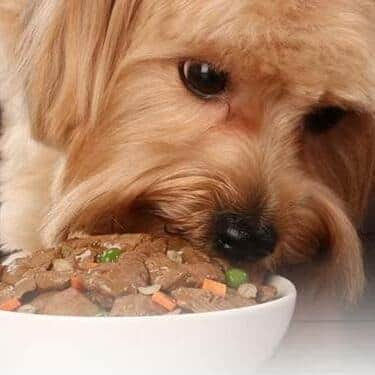 Pet Food Storage Tips
Pet Food Storage TipsDiscover how and where to store your dry, as well as canned, dog and cat food. Learn how to find the "best before" dates on all Hill's pet food packaging.
Read More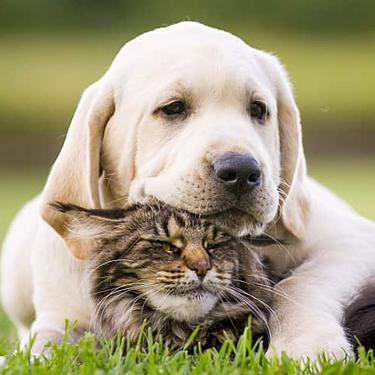 The Incredible Science Behind Your Pet's Microbiome
The Incredible Science Behind Your Pet's MicrobiomeLearn what a pet's microbiome is, how it contributes to your pet's gut & overall health, and why nutrition is important in maintaining healthy microbiomes.
Read More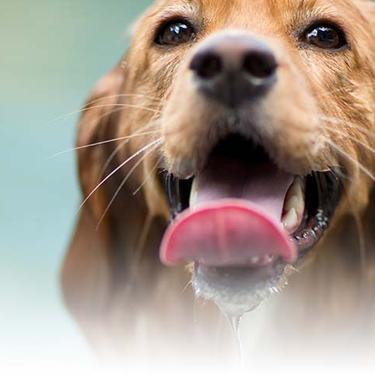 Water
WaterDiscover why water is the most important nutrient for your dog or cat to live a healthy life. Find out how much water your pet should consume each day.
Read More -
Find the right food for your pet
Find the right food for your pet


Making decisions for your cat isn't always as easy as picking out a new feather toy. Perhaps you've just brought home a fluffy bundle of joy, or maybe you're reassessing your longtime pal's nutrition needs. Whichever camp you fall in, deciding between wet vs. dry cat food can be difficult. Ultimately, both are excellent sources of nutrition as long as you serve the appropriate amount for your cat. Some pet parents even decide to blend the two. Of course, each type of food has its advantages and disadvantages, and many factors can help determine what's best for your cat. Here's what you need to know.
Wet Food
Upsides
Sold in cans, pouches and trays, wet cat food is usually beloved by cats for its aroma and taste. Picky cats may find wet food more enticing, and it comes in a variety of flavors and textures, including pates and stews, to suit a range of palates. Canned food is often lower in calories than dry food, which can be helpful if your cat needs to shed a few pounds to reach a healthy weight. Under a veterinarian's supervision, cats diagnosed with certain medical conditions — urinary health issues, for example — may also benefit from the high moisture content in wet food.
Downsides
Cats who eat exclusively wet food may accumulate plaque and tartar on their teeth more quickly than cats who eat dry food, and it can be more difficult to accurately portion out. Wet food is also perishable. This means one more dish in the sink — it's important to wash your cat's dish after each meal since any leftover remnants can breed bacteria. Because portion sizes are often smaller than what's in a can, you'll also want to consider storage. Once opened, cans need appropriately sized airtight lids to keep them fresh. Some cats dislike cold wet food, so you may need to warm their meal on a microwave-safe plate for four to six seconds before serving. According to The Spruce Pets, you should toss any food your cat leaves behind after 20 to 30 minutes. Finally, wet food generally costs more per volume, so if you're on a strict budget, this may affect your decision.
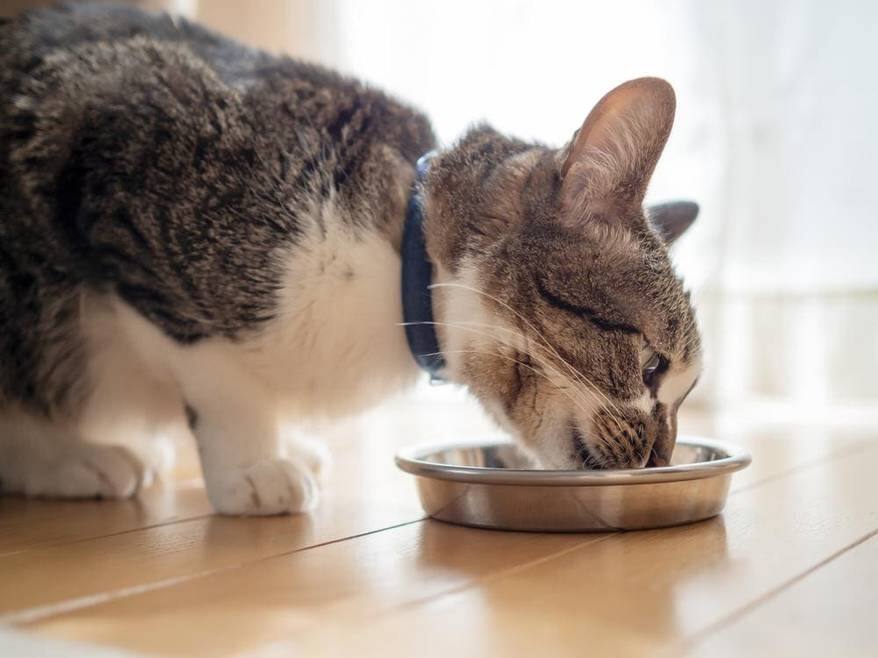
If you have a long-haired or light-colored cat, you might be averse to feeding them wet cat food because it can get on their whiskers and nose. Healthy cats are meticulous groomers, however, and will typically keep their faces clean. If you happen to have a messy cat, try serving them food on a flat plate or in a puzzle feeder. You can always wipe their face with a cat-safe wet wipe or a warm, damp washcloth if needed.
Dry Food
Upsides
Dry cat food is available in conveniently sized bags and keeps well up to its best-by date as long as you reseal or clip it tightly after opening. Pound for pound, dry food is more economical than wet food and, because it stores for longer periods of time, it can be gentler on your budget. Some cats are perfectly content with dry food left as free-choice feeding, where you leave a bowl of food out for your cat to nibble on throughout the day. Other cats gorge on whatever's in front of them and must be fed portion-controlled meals. Luckily, it's easy to weigh your cat's dry food with a standard measuring cup or a gram scale. While food can never replace dental care, dry foods can help reduce plaque and tartar accumulation and promote dental health.


Tasty Tips
Downsides
The main drawbacks to dry food are that it's lower in moisture and generally higher in calories and carbohydrates than wet food. If your cat has urinary health issues, obesity, or frequent dehydration, ask your veterinarian whether they are best served by wet or dry food. Cats who need to drink more water may also benefit from a water fountain, as some cats prefer drinking running water. Keep in mind that older cats may have a harder time eating dry food than wet food, especially if gum or dental issues have set in. Canned cat food's soft consistency may be easier for older kitties to eat than the crunchy kibble they enjoyed in their youth.
Blended or Mixed Feeding
Mixed feeding routines can offer the best of both worlds, helping to solve the wet vs. dry cat food dilemma. One example of blended feeding is to serve your cat dry food in the morning and wet food in the evening. This way, they can graze on their dry food throughout the day and you can dispose of any dried-out wet food before going to bed. Another option is to mix your cat's dry food with wet food or add water or low-sodium chicken broth to their kibble. This can also help them get additional moisture with their meal. Avoid overfeeding your cat with blended feedings by measuring out their daily portions to help ensure they're getting the right amount of calories and nutrients for optimum health.
The debate between wet and dry cat food doesn't have one right answer. Each cat is unique with their own preferences and health needs. These may also change over time. Consult your trusted veterinarian if you have any questions about which food is best for your feline friend, and let your cat's tastes guide you to their preferred flavors.


Dr. Sarah Wooten graduated from UC Davis School of Veterinary Medicine in 2002. A member of the American Society of Veterinary Journalists, Dr. Wooten divides her professional time between small animal practice in Greeley, Colorado, public speaking on associate issues, leadership, and client communication, and writing. She enjoys camping with her family, skiing, SCUBA, and participating in triathlons.
Related products

Precisely balanced nutrition with the delicious taste of savory minced chicken to help fuel the energy needs of cats during the prime of their life
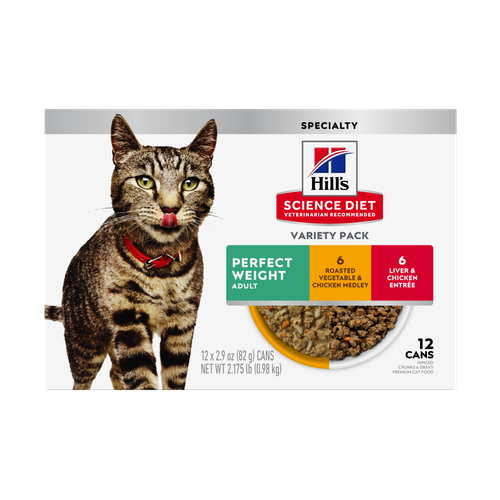
Feline Adult Perfect Weight Variety Pack

Over 70% of cats lost weight within 10 weeks when fed this nutrition

Science Diet's breakthrough nutrition supports ultimate digestive well-being & healthy microbiome
Related articles
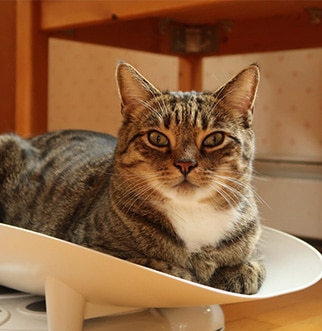
How do you get a cat to lose weight? Learn all about cat foods for weight loss, including how to choose weight control cat food and exercise tips.

Discover how to identify cat sensitive skin and what you can do to help your cat thrive from head to paw.
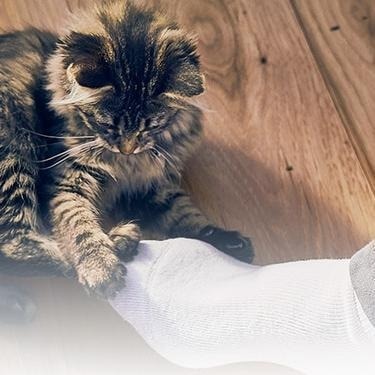
Discover which cat toys games your feline friend might like, and how they are great sources of exercise. Explore our library of articles to learn more.
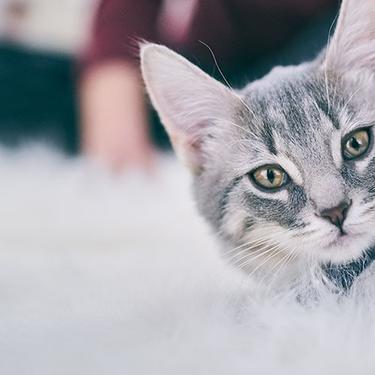
Discover the benefits of Hill's line of kitten foods and how they provide complete and balance nutrition for growing kittens.
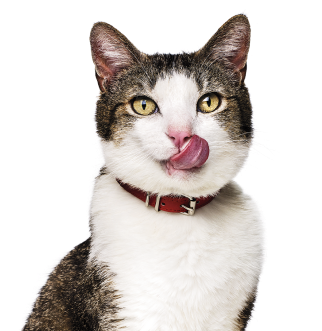
Put your cat on a diet without them knowing
Our low calorie formula helps you control your cat's weight. It's packed with high-quality protein for building lean muscles, and made with purposeful ingredients for a flavorful, nutritious meal. Clinically proven antioxidants, Vitamin C+E, help promote a healthy immune system.
Put your cat on a diet without them knowing
Our low calorie formula helps you control your cat's weight. It's packed with high-quality protein for building lean muscles, and made with purposeful ingredients for a flavorful, nutritious meal. Clinically proven antioxidants, Vitamin C+E, help promote a healthy immune system.

